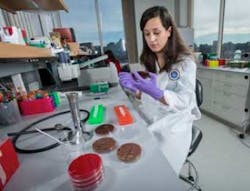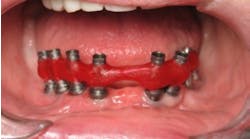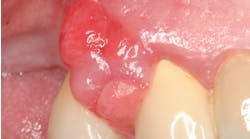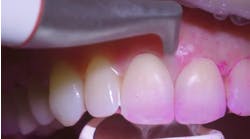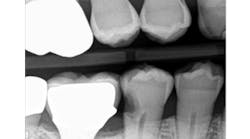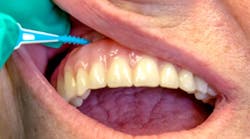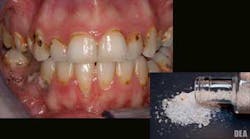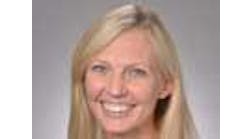Study: Dental bib clips can harbor oral and skin bacteria even after disinfection
Led by Dr. Bruce Paster, chair of the Department of Microbiology at the Forsyth Institute, microbiologists at the Forsyth Institute used standard molecular identification techniques and a proprietary, one-of-a-kind technology that can detect 300 of the most prevalent oral bacteria, to analyze the sampled bacteria from the bib clips. The analyses found: • Immediately after treatment and before the clips had been disinfected, oral bacteria often associated with chronic and refractory periodontitis were found on 65% of the clips. • After disinfection, three of the bib clips (15%) still had anaerobic Streptococcus bacteria from the oral cavity and upper respiratory tract. • Five percent (5%) of the clips still harbored at least one bacteria from the Staphylococcus, Prevotella, and Neisseria species. • Additionally, after disinfection, nine clips (45%) retained at least one anaerobic bacterial isolate from skin.ANOTHER INFECTION CONTROL ARTICLE |Developing story: Tulsa dentist accused of putting patients at risk for HIV, hepatitis “The results of our analysis show that there is indeed a risk of cross-contamination from dental bib clips. The previous patient’s oral bacteria could potentially still be on the clip and the new patient has a chance of being exposed to infection by using that same bib clip,” said Dr. Paster. “It is important to the clinician and the patient that the dental environment be as sterile as possible; thus it’s concerning that we found bacteria on the clips after disinfection. This situation can be avoided by thoroughly sterilizing the clips between each patient or by using disposable bib holders.”
